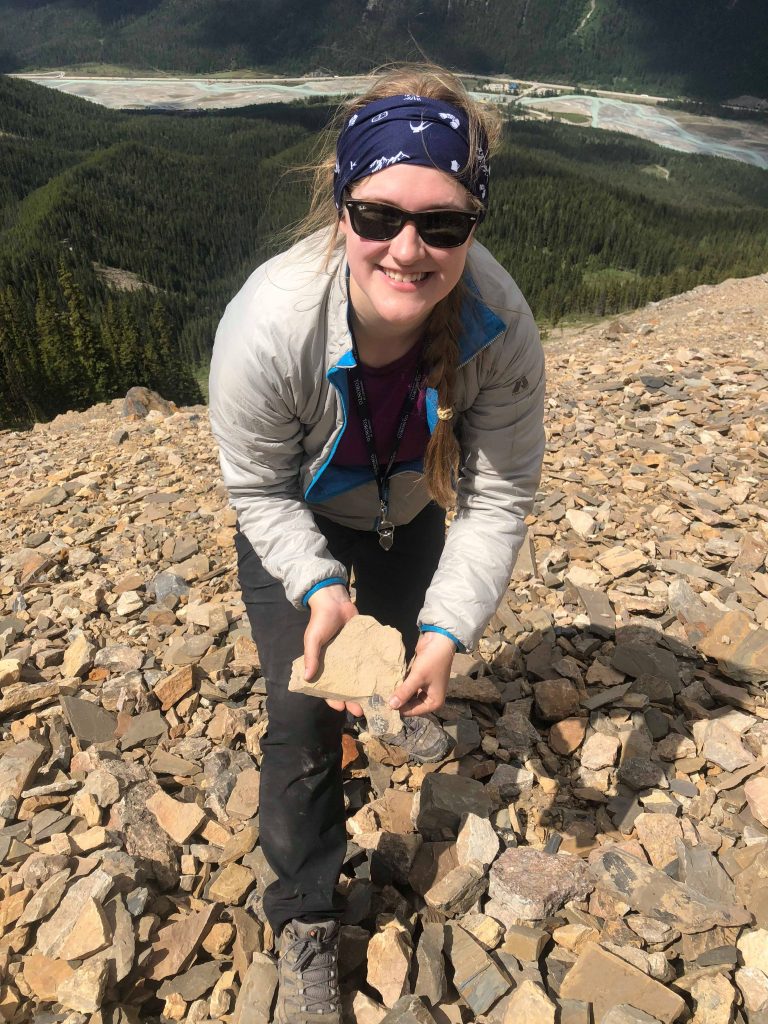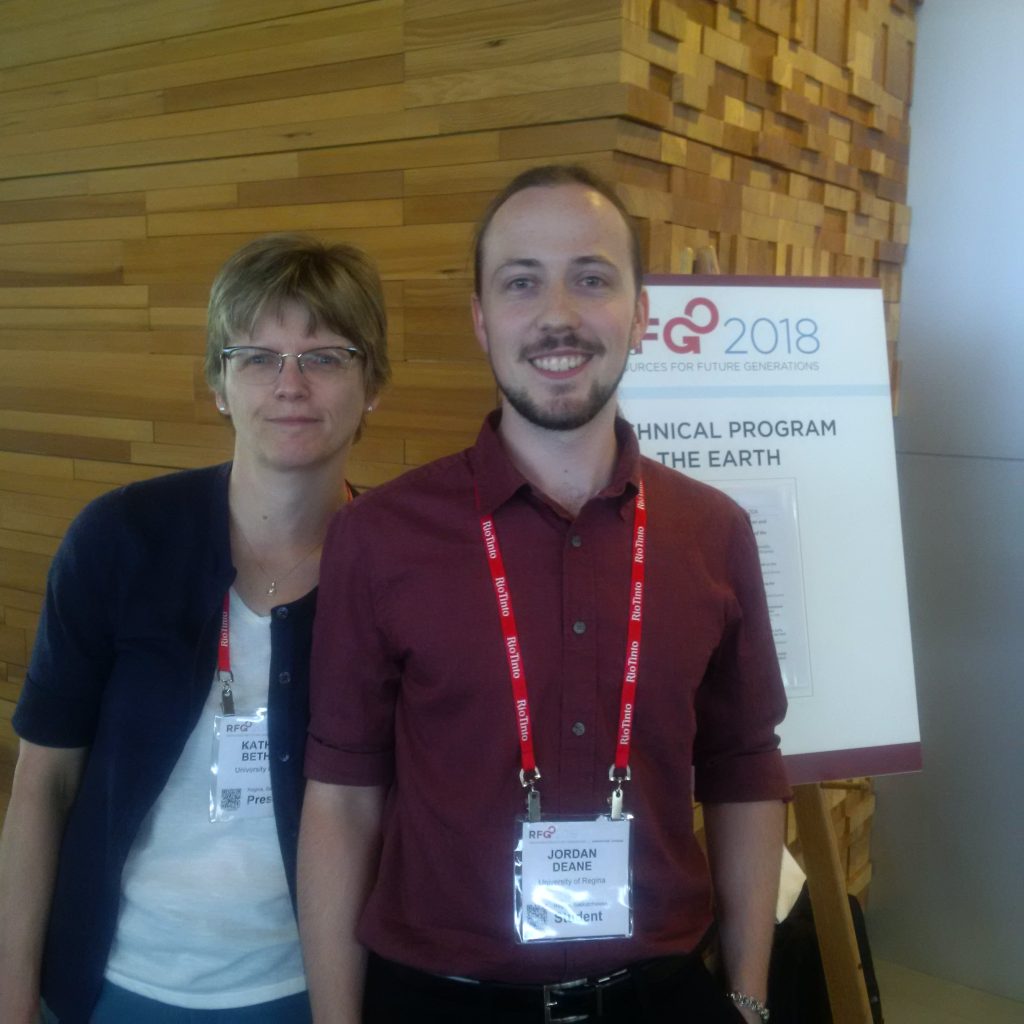The Precambrian Division of GAC® is offering student travel grants to help students attend London 2021, our annual GAC®-MAC conference to be held in London, November 1–5, 2021.
The submission deadline for travel grant applications will be on August 15, 2021 and applicants will be informed of the results by September 1, 2021 to provide ample time for travel planning and conference registration.
Click here to download a travel grant application package.
Past recipients of Precambrian Division Student Travel Grants
2019

Katie Maloney – University of Toronto, Mississauga
I recently had the opportunity to attend the GAC-MAC Annual Meeting with the support of the Precambrian Division Student Travel Grant and share my recent work on previously undocumented Tonian macrofossils. The main objective of my research is to understand early Neoproterozoic paleoenvironments and Tonian life, which precede several events (including the Cryogenian glaciations and the appearance of the Ediacara biota) that are crucial to understanding the coevolution of life and its environment. During the conference, I was able to discuss new research during the poster session and engage in several interesting sessions including Precambrian Sedimentology, which incorporated a range of talks focusing on the Precambrian stratigraphy in the Canadian Arctic, constraining the global Proterozoic Ocean conditions, and paleomagnetism. I have greatly benefited from attending this conference by networking with other students, learning about new geochemical methods and receiving invaluable feedback from experts in the field.
2018

Robert Meek – Laurentian University
I am a first year M.Sc. student studying at the Harquail School of Earth Sciences at Laurentian University. With the supervision of Alessandro Ielpi (Laurentian University) and Rob Rainbird (Geological Survey of Canada) my thesis focuses on the sedimentology and stratigraphy of the Husky Creek Formation: a Mesoproterozoic fluvial unit near the base of the Amundsen Basin which records the conditions prior to the amalgamation of supercontinent Rodinia. With the support of the Precambrian Division of the Geological Association of Canada through their student travel grant I was able to attend the recent GAC-MAC meeting in Vancouver and present an oral presentation in the session “Proterozoic Sedimentary Basins: The bigger picture of a formative eon II”. From this, I received valuable feedback as well as the opportunity to listen and communicate with other people with similar research interests giving me new ideas to advance my current project. Additionally, I was fortunate to attend the post conference field trip: “Geology and Natural Hazards of the Sea-to-Sky Corridor – Howe Sound, West Vancouver to Squamish, South-coastal British Columbia”. This day trip exposed me to the diverse geology that is present right on Vancouver’s doorstep and the steps that are taken to limit the impact of both natural and human induced geological hazards. I thoroughly enjoyed this conference and am thankful for the support that was provided by the Precambrian Division of the Geological Association of Canada.

Jordan Deane – University of Regina
My research combines petrographic, microstructural, and quartz lattice-preferred orientation fabric analyses with detailed field mapping and Ar-Ar geochronology of hornblende and biotite to characterize and temporally constrain the multitude of structures associated with the Nolan-Zemlak domain boundary. This boundary is a 5–7 km wide locus of high strain focused along the lithotectonic contact between ~2.6 Ga granites and granodiorites of the Nolan domain and 2.52 Ga granodiorites to diorites of the Zemlak. This conference has allowed me to present my research to an audience of academics and industry professionals alike, and receive guidance and critique towards making the most accurate interpretations of my data as possible. It has also given me the opportunity to observe and provide feedback on the work of my peers and to network and find some new friends amongst the geological community.
